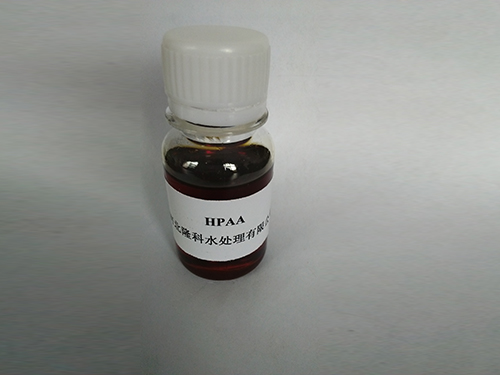Exploring Various Flocculant Types and Their Applications in Water Treatment
Different Types of Flocculants An Overview
Flocculants are chemical agents used to promote the aggregation of fine particles into a floc or a flocculent mass, which can then be easily removed from liquids. This process is essential in various industries, including water treatment, mining, and paper manufacturing, where the separation of solid particles from liquid is necessary. Understanding the different types of flocculants is crucial for optimizing processes and achieving effective separation. Below, we delve into the primary categories of flocculants and their applications.
1. Organic Flocculants
Organic flocculants are derived from natural or synthetic polymers. These flocculants are widely used due to their efficiency and versatility.
- Natural Organic Flocculants These include substances derived from plant or animal sources. For example, starch, chitosan, and cellulose derivatives are commonly used in water treatment applications. They are biodegradable and environmentally friendly, making them suitable for industries striving for sustainability.
- Synthetic Organic Flocculants These are man-made polymers, typically polyacrylamides, which can be cationic, anionic, or non-ionic in nature. Cationic flocculants carry a positive charge and are effective in treating negatively charged particles, such as those found in wastewater. Anionic flocculants are employed in processes where positively charged particles need to be aggregated. Non-ionic flocculants have a neutral charge and are applicable in a range of settings where other flocculants may not be effective.
2. Inorganic Flocculants
Inorganic flocculants are inorganic salts that act to destabilize colloidal suspensions. They are generally more effective in certain scenarios compared to organic options, especially in treating turbid water.
- Aluminium Sulfate Commonly known as alum, this compound has been used for decades in water treatment processes
. It works by neutralizing charge on suspended particles, allowing them to clump together and settle.different types of flocculants

- Ferric Chloride and Ferric Sulfate These iron-based flocculants are effective at removing color and organic substances from water. They are often used in municipal water treatment plants and industrial applications.
- Calcium Hydroxide Also known as slaked lime, this inorganic flocculant is used to adjust the pH of water and precipitate impurities, creating a floc that can be more easily removed.
3. Composite Flocculants
Composite flocculants combine features of both organic and inorganic flocculants to enhance efficiency. For instance, they may consist of organic polymers that are bridged with inorganic particles. This combination allows for improved floc formation and stabilization, making them effective in diverse applications from industrial wastewater treatment to mining.
Selecting the Right Flocculant
Choosing the appropriate flocculant depends on several factors, including water chemistry, the type of contaminants present, and the desired outcome. Conducting jar tests, where various flocculants are tested for their effectiveness in a controlled environment, can provide crucial data for making an informed decision.
Conclusion
In summary, the selection of the right type of flocculant is vital for effective particle separation in various industries. With options ranging from natural and synthetic organic flocculants to inorganic agents and innovative composites, industry professionals must evaluate their specific needs to enhance operational efficiency and achieve sustainable practices. As industries continue to evolve, the development and application of flocculants will undoubtedly play a pivotal role in tackling water treatment challenges and optimizing process efficiencies.
-
Understanding Polycarboxylic Acids: Properties, Applications, and Future PotentialNewsJul.28,2025
-
Scale Inhibitor Explained: How to Protect Your System from Limescale and Hard Water DamageNewsJul.28,2025
-
Scale and Corrosion Inhibitors: Essential Chemicals for Industrial Water System ProtectionNewsJul.28,2025
-
Polyaspartic Acid: A Biodegradable Polymer for Sustainable ChemistryNewsJul.28,2025
-
Isothiazolinones: A Versatile Antimicrobial Class with Industrial Power and Regulatory ChallengesNewsJul.28,2025
-
A Deep Dive into 2-Phosphonobutane-1,2,4-Tricarboxylic Acid (PBTC)NewsJul.28,2025





